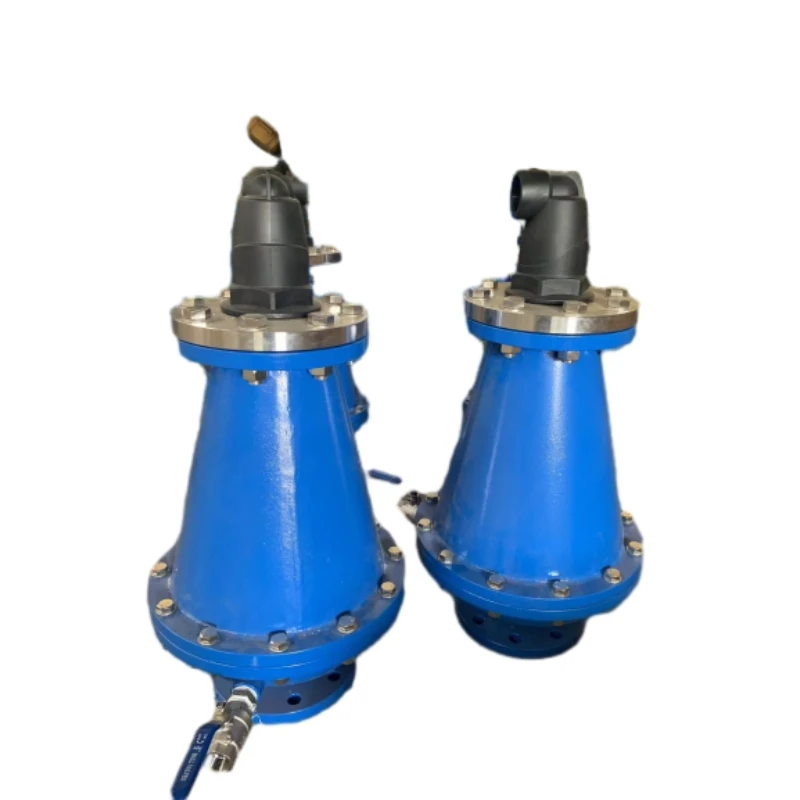Illuminated Bollards for Enhanced Safety and Visibility in Urban Environments
Illuminating Public Spaces The Rise of Lighted Bollards
In modern urban planning and design, safety and aesthetics have become paramount. Among the innovative solutions that combine these two objectives are lighted bollards. These structures serve as both functional and decorative elements in public spaces, significantly enhancing visibility, guiding pedestrians, and improving the overall ambiance of an area. With their growing popularity, lighted bollards are transforming the way cities approach urban safety and design.
What Are Lighted Bollards?
Lighted bollards are vertical posts commonly used to define walkways, roads, and parking areas while providing illumination. They are typically made from materials such as steel, aluminum, or plastic, and are equipped with integrated lighting, which can be LED or solar-powered. These bollards come in various designs and heights, allowing them to blend seamlessly with diverse architectural styles and urban environments.
Enhancing Safety and Visibility
One of the primary functions of lighted bollards is to enhance safety. By illuminating pathways, they guide pedestrians, especially during nighttime or adverse weather conditions. Adequate lighting reduces the risk of accidents, such as slips, trips, and falls, making public spaces safer for everyone.
Furthermore, lighted bollards can deter unsafe behaviors in these areas. For example, in parking lots, well-lit spaces encourage proper usage and reduce the likelihood of vandalism or criminal activity. By providing clear boundaries and visibility, these bollards contribute to a more secure environment for both pedestrians and vehicles.
Urban Design and Aesthetics
Beyond their safety benefits, lighted bollards play a crucial role in urban design. The right fixtures can enhance the aesthetic appeal of streets, parks, and public squares. Designers can choose from a variety of styles—sleek and modern, vintage, or themed designs—to create ambiance and cohesion within public spaces.
lighted bollards

Additionally, lighted bollards can serve as a canvas for artistic expression. Cities and artists have begun to integrate creative designs and themes into bollard installations, turning them into subtle pieces of public art that reflect local culture and identity. Whether it's through unique shapes, colors, or lighting patterns, these bollards can contribute to a vibrant urban landscape.
Environmentally Friendly Solutions
As sustainability becomes increasingly important, lighted bollards are evolving to incorporate eco-friendly technologies. Solar-powered bollards, for instance, harness energy from the sun to function without relying on traditional power sources. This not only reduces energy costs but also lowers carbon footprints, making urban lighting solutions more environmentally responsible.
Moreover, many modern lighted bollards utilize LED technology, which is more energy-efficient and longer-lasting than traditional incandescent bulbs. The shift to LED contributes to lower energy consumption and maintenance costs while providing brighter, clearer light—key components for enhancing public safety at night.
Applications and Versatility
Lighted bollards are versatile and can be used in various settings. They are commonly found in parks, waterfronts, shopping centers, and urban plazas, where they guide the flow of foot traffic and vehicles. Their adaptability also extends to residential neighborhoods, where they can enhance the safety of walkways and driveways.
In addition to enhancing safety and aesthetics, lighted bollards can be utilized for wayfinding. Illuminated paths lead visitors to significant landmarks, attractions, or transit stations, significantly improving the user experience in urban environments.
Conclusion
The integration of lighted bollards into urban planning illustrates a forward-thinking approach to city design. By prioritizing safety, aesthetics, and sustainability, these structures enhance public spaces in ways that benefit both residents and visitors. As cities continue to grow and evolve, lighted bollards will undoubtedly play an essential role in creating environments that are not only functional but also beautiful and welcoming. The future of urban design speaks brightly through these illuminating structures, guiding us toward safer and more vibrant communities.
-
The Smarter Choice for Pedestrian AreasNewsJun.30,2025
-
The Gold Standard in Round Drain CoversNewsJun.30,2025
-
The Gold Standard in Manhole Cover SystemsNewsJun.30,2025
-
Superior Drainage Solutions with Premium Gully GratesNewsJun.30,2025
-
Superior Drainage Solutions for Global InfrastructureNewsJun.30,2025
-
Square Manhole Solutions for Modern InfrastructureNewsJun.30,2025
-
Premium Manhole Covers for Modern InfrastructureNewsJun.30,2025
